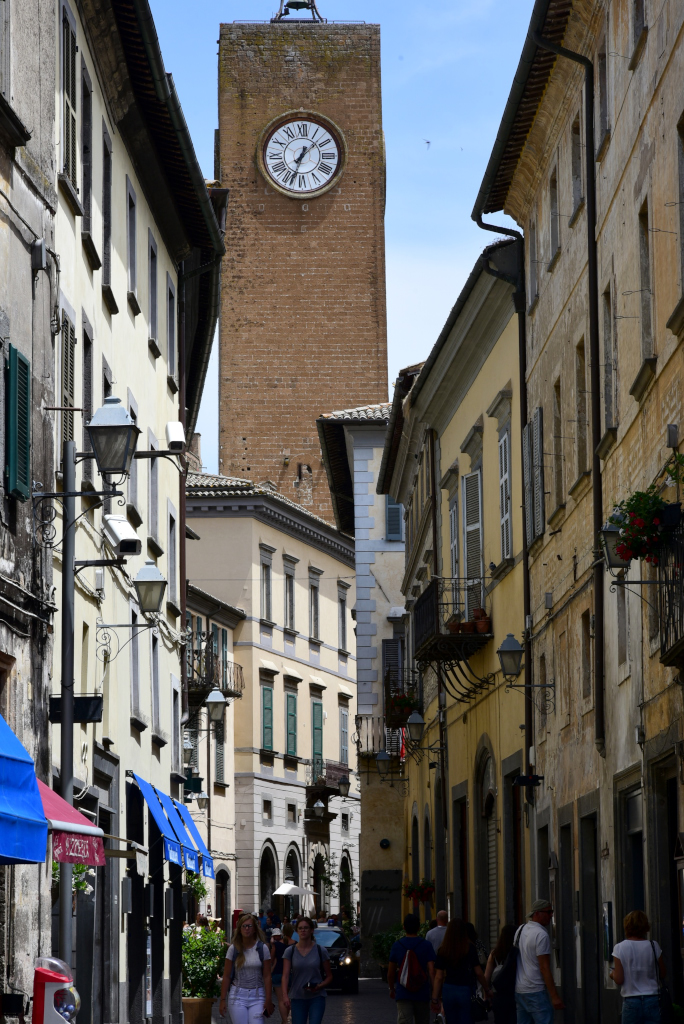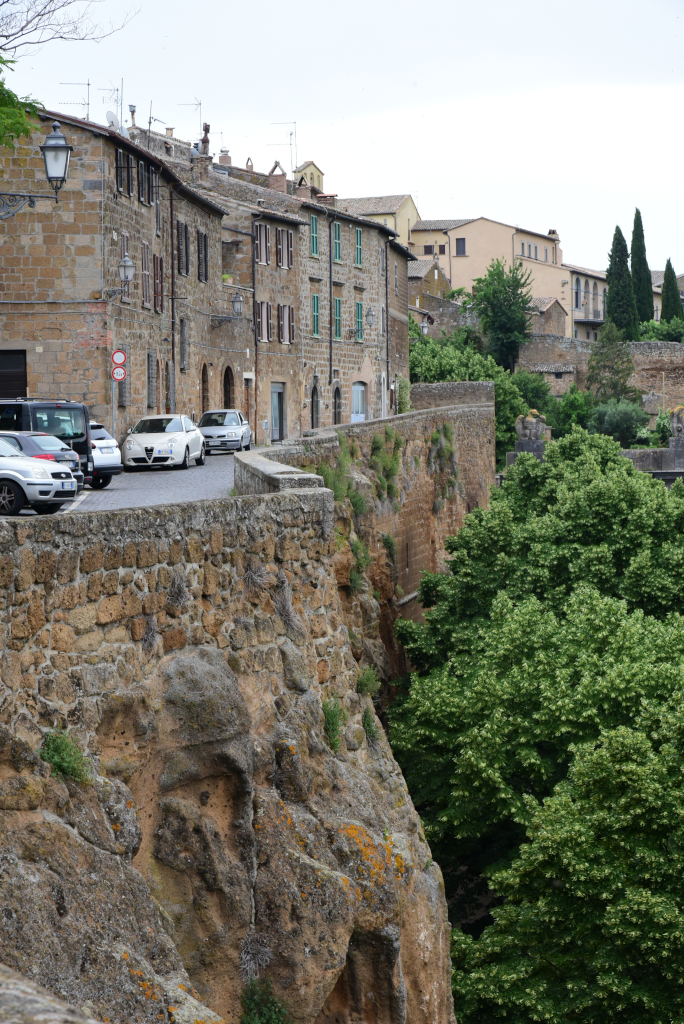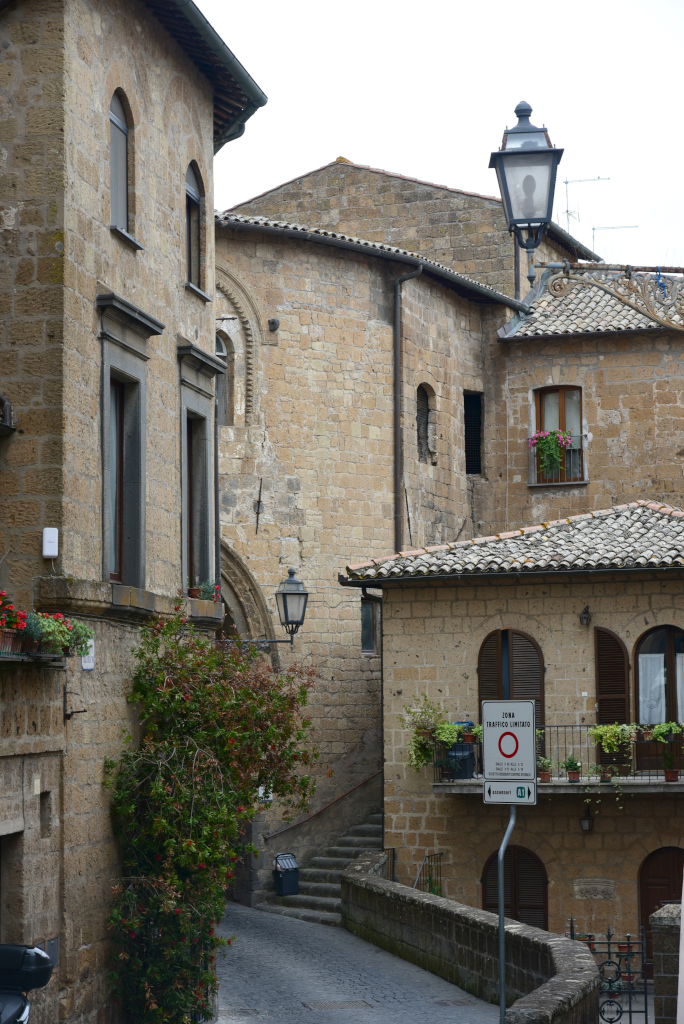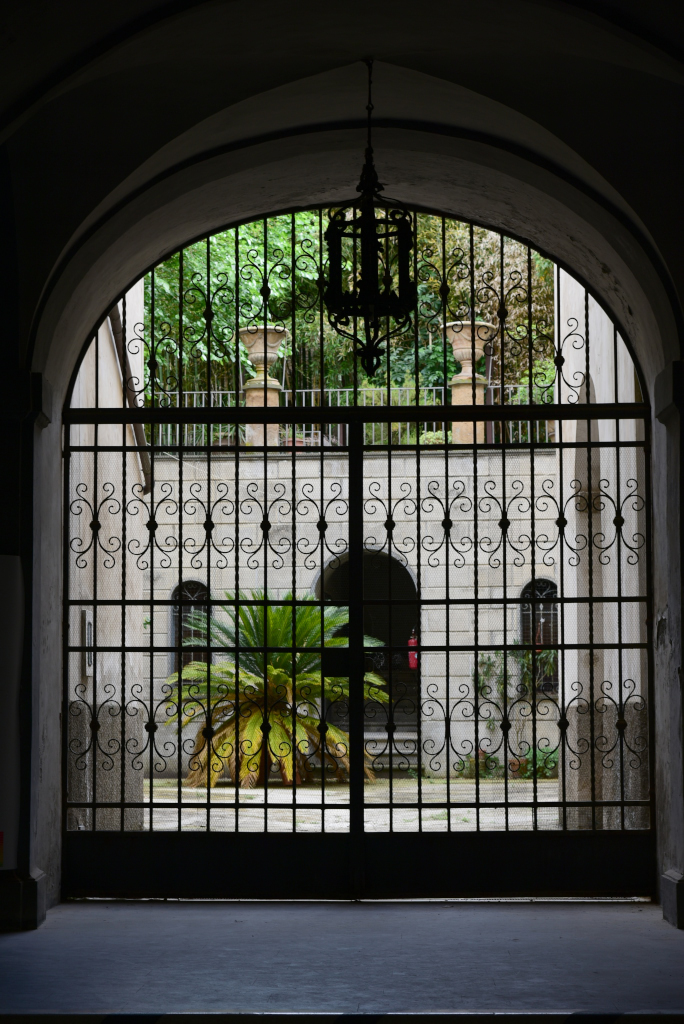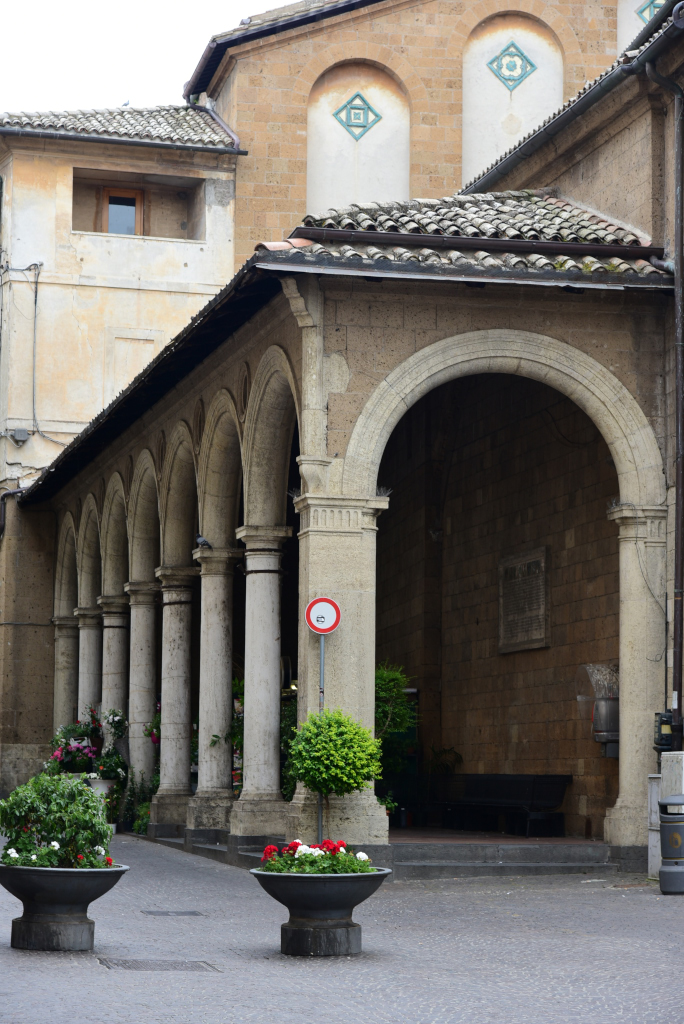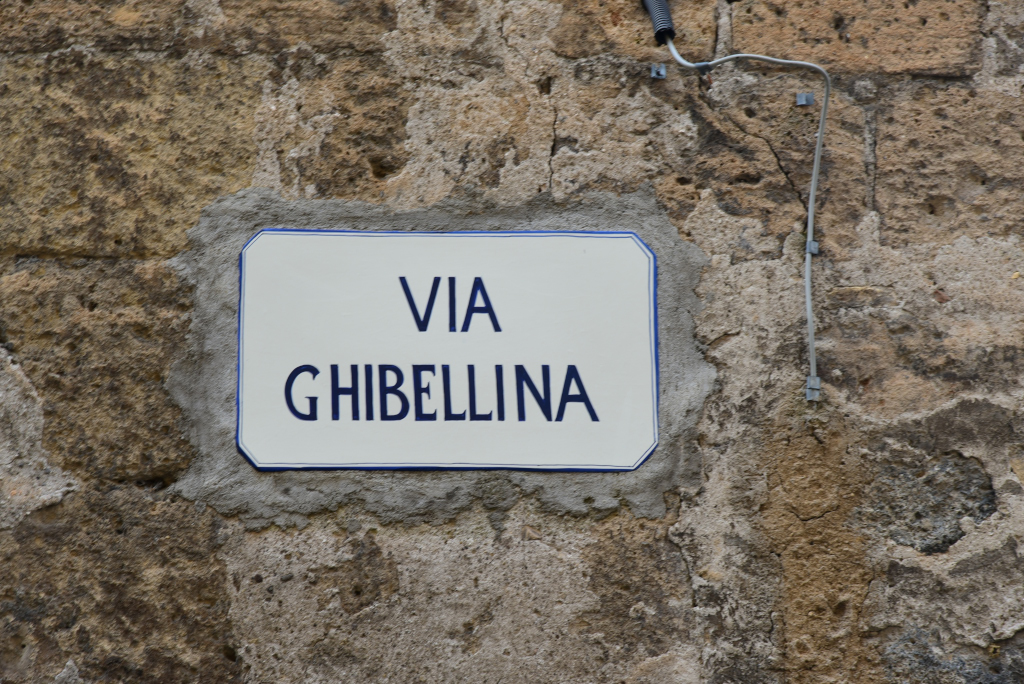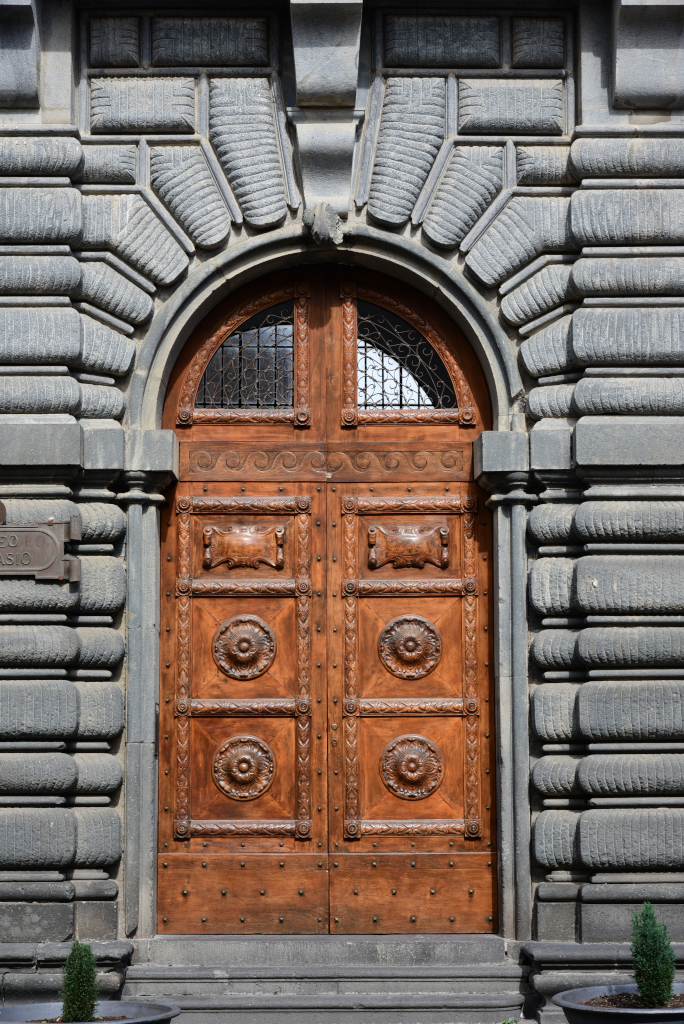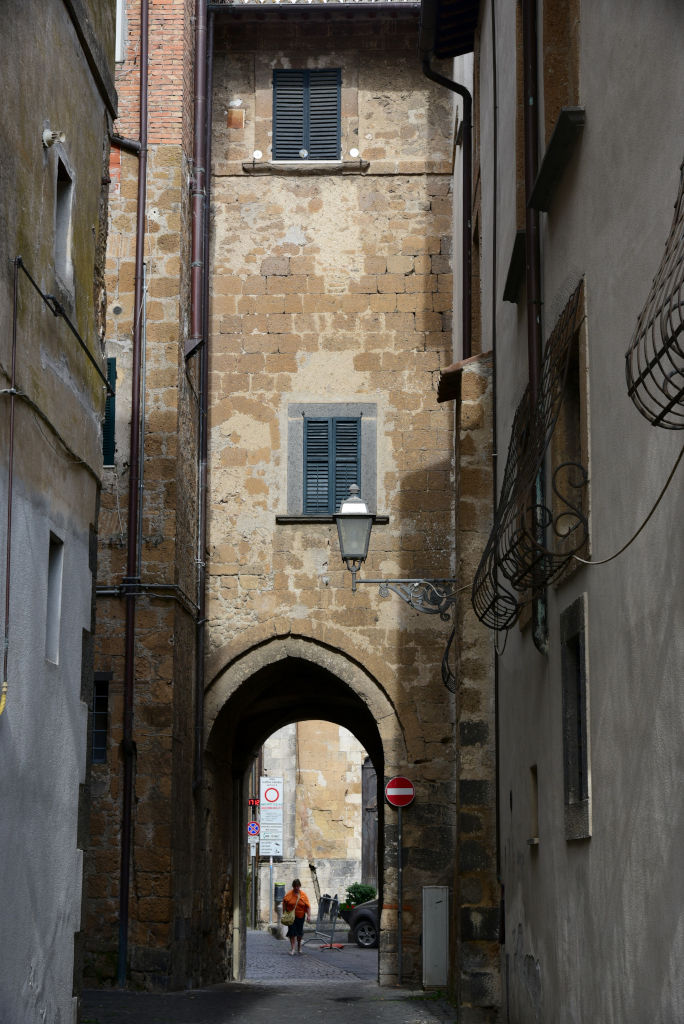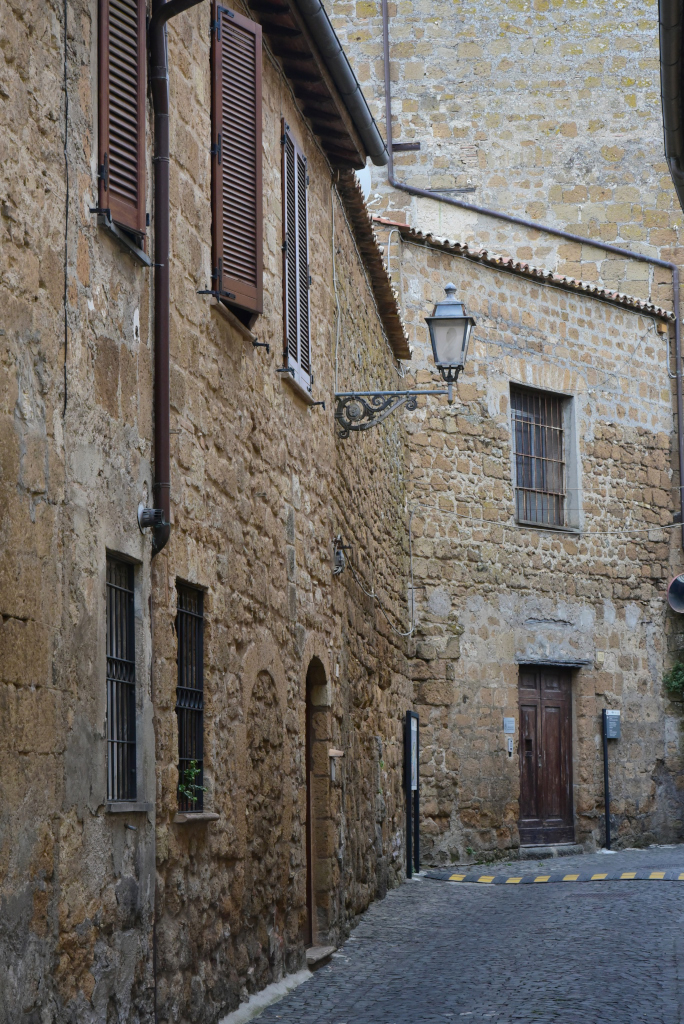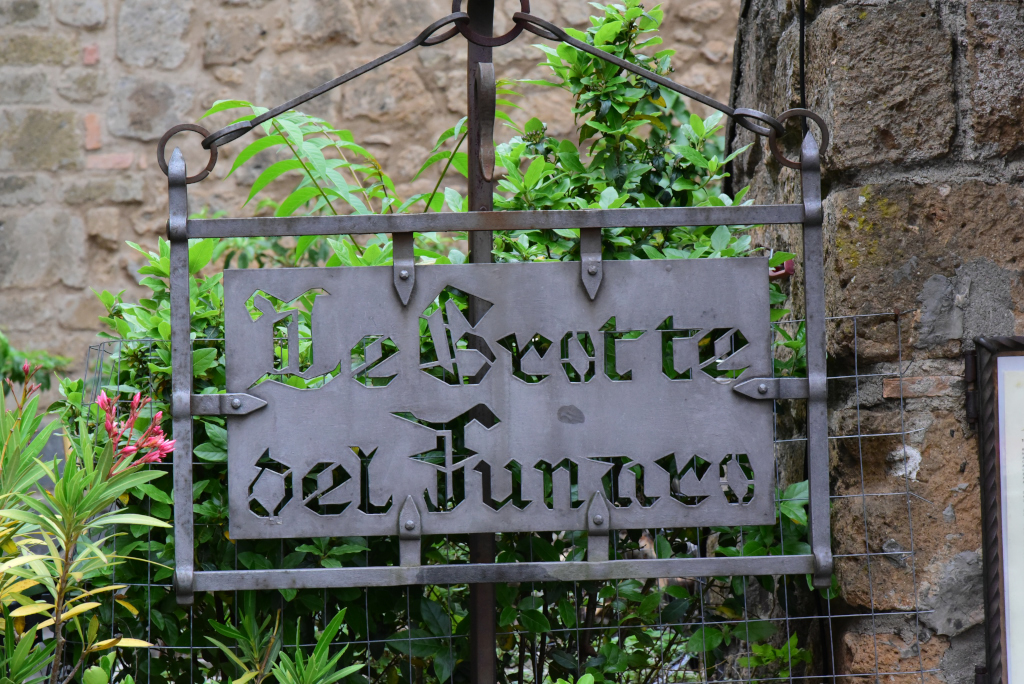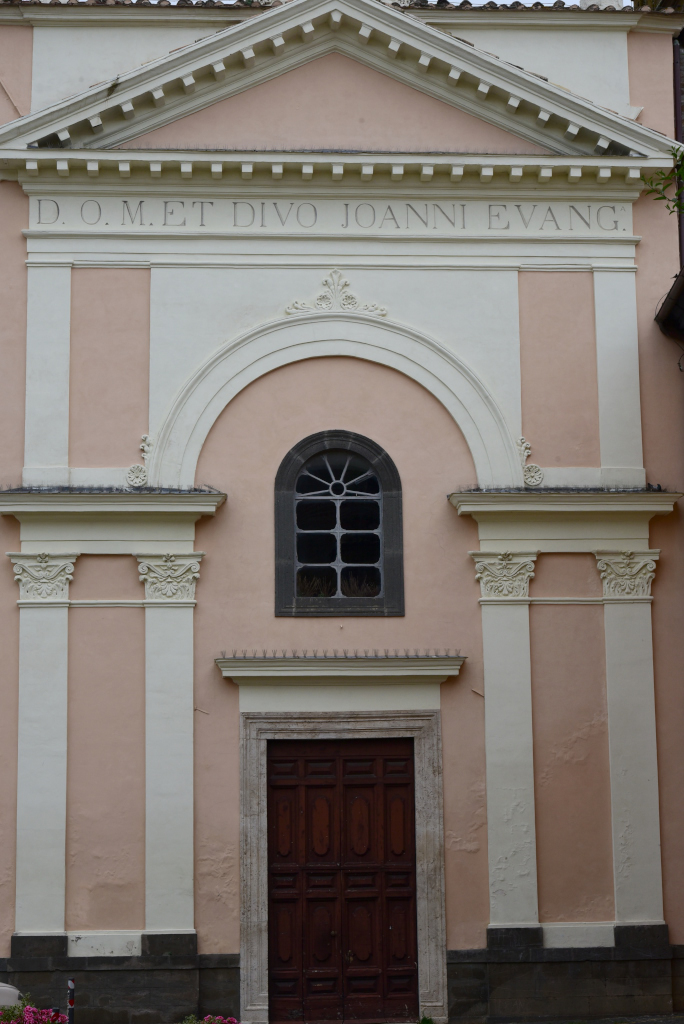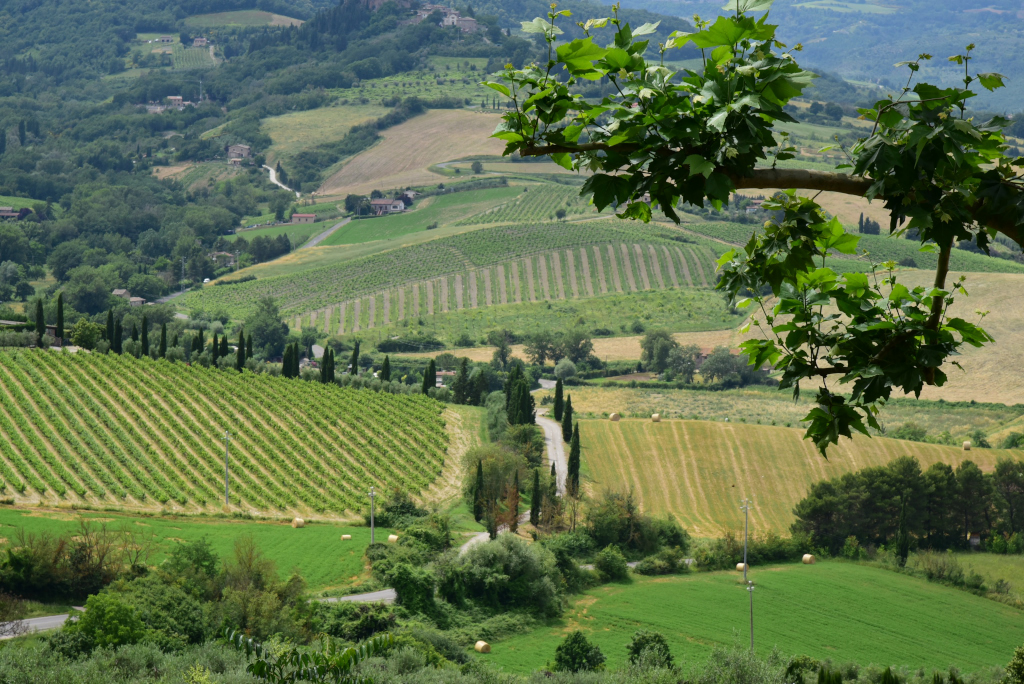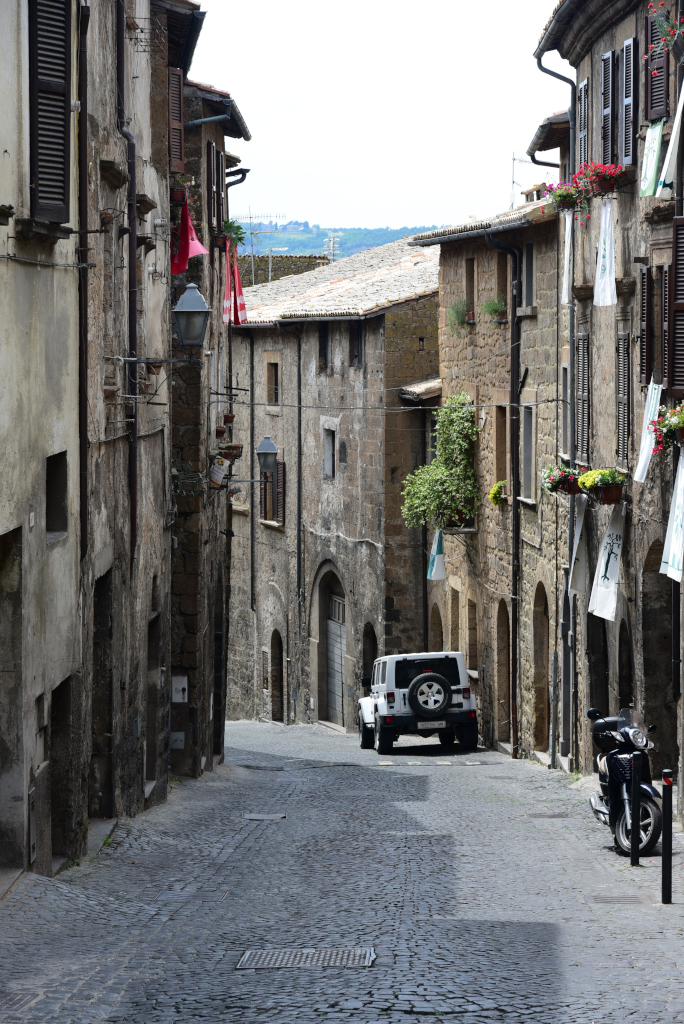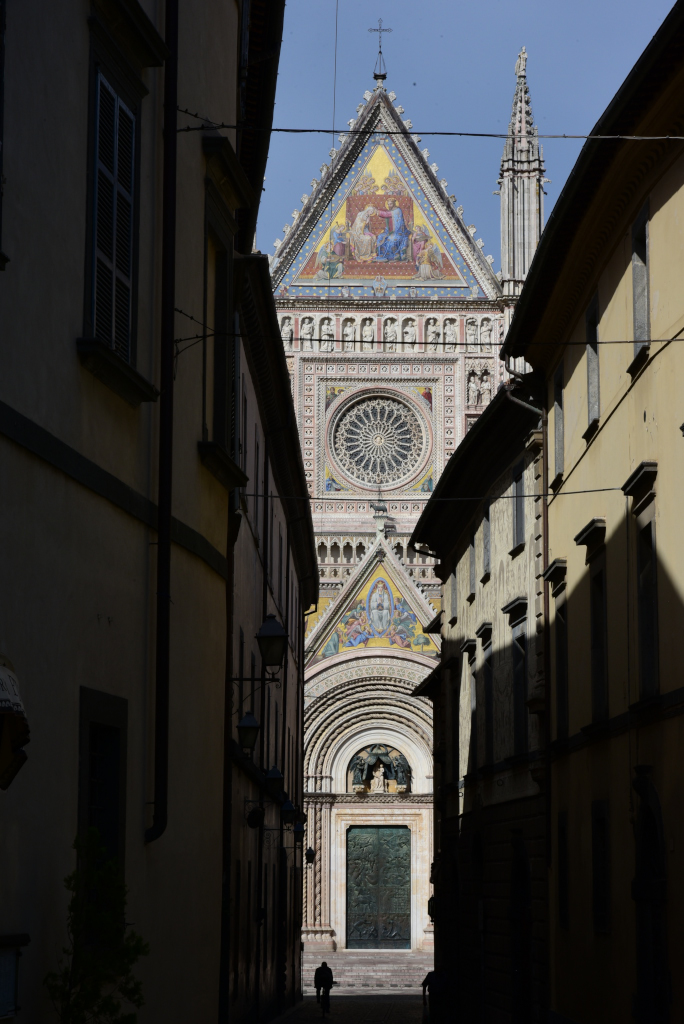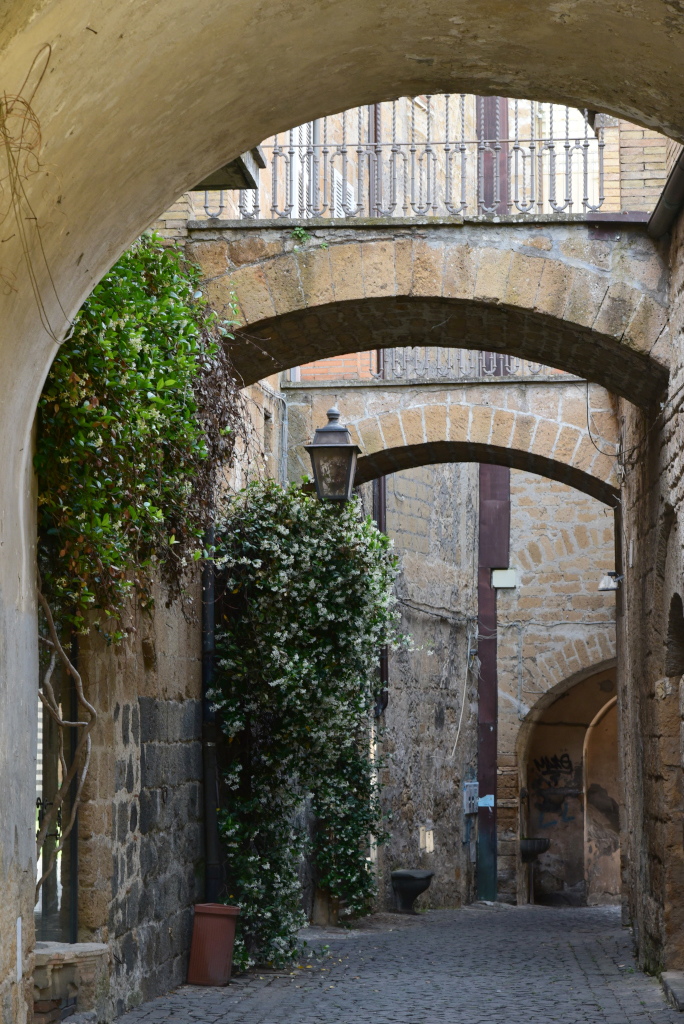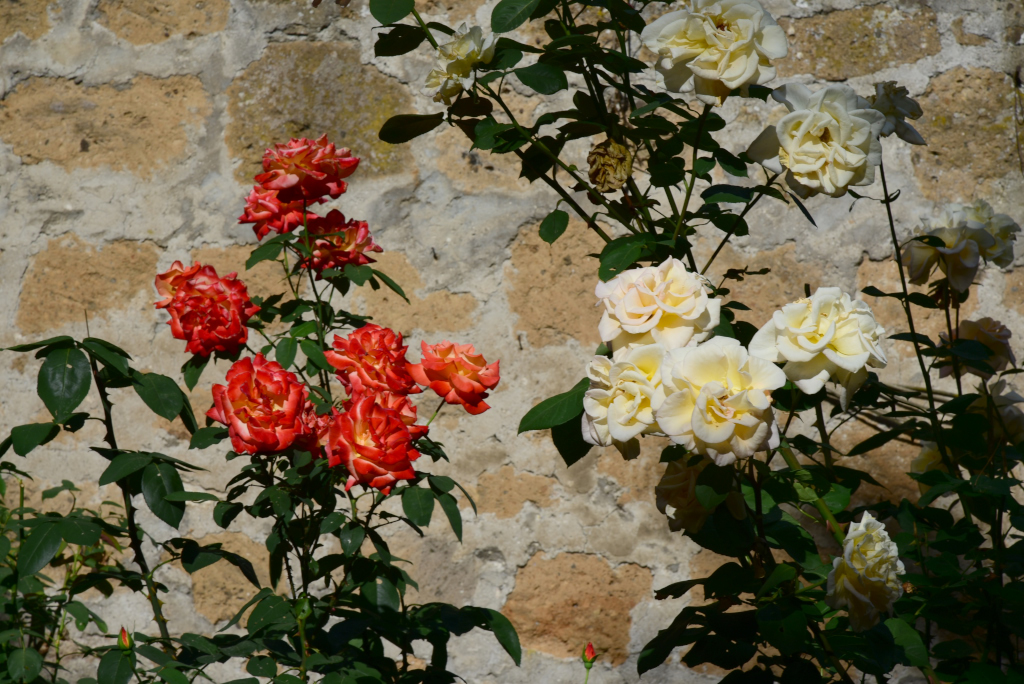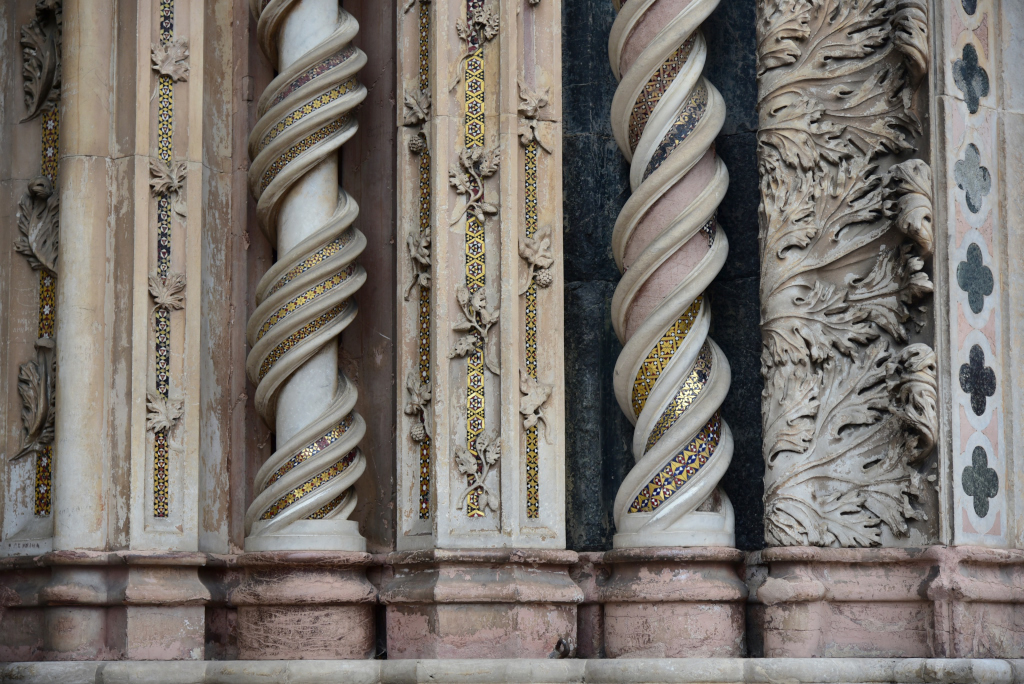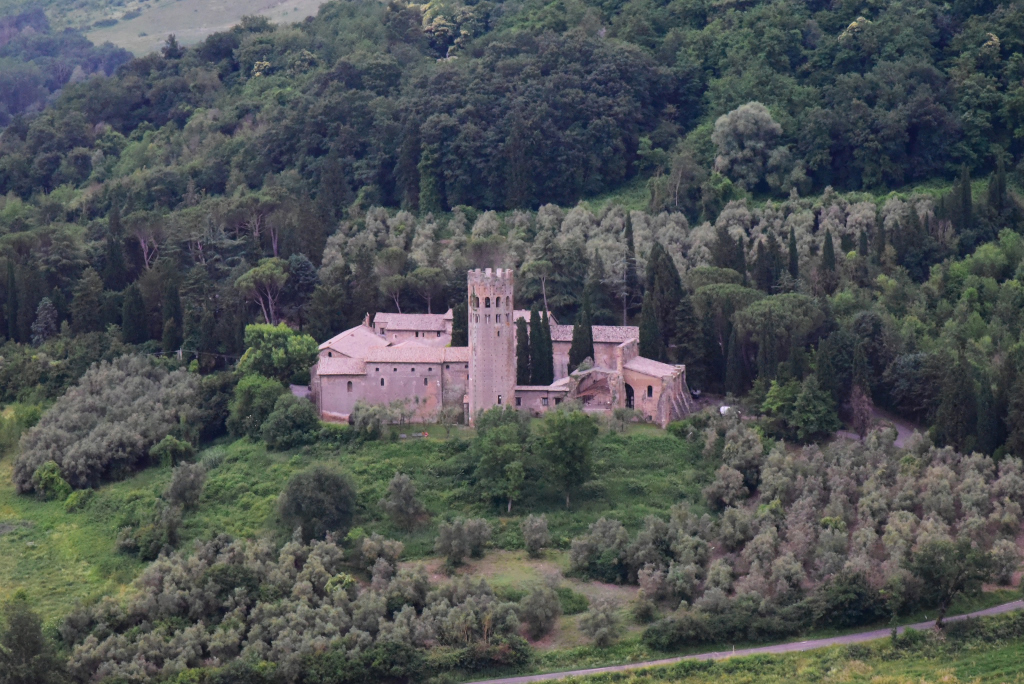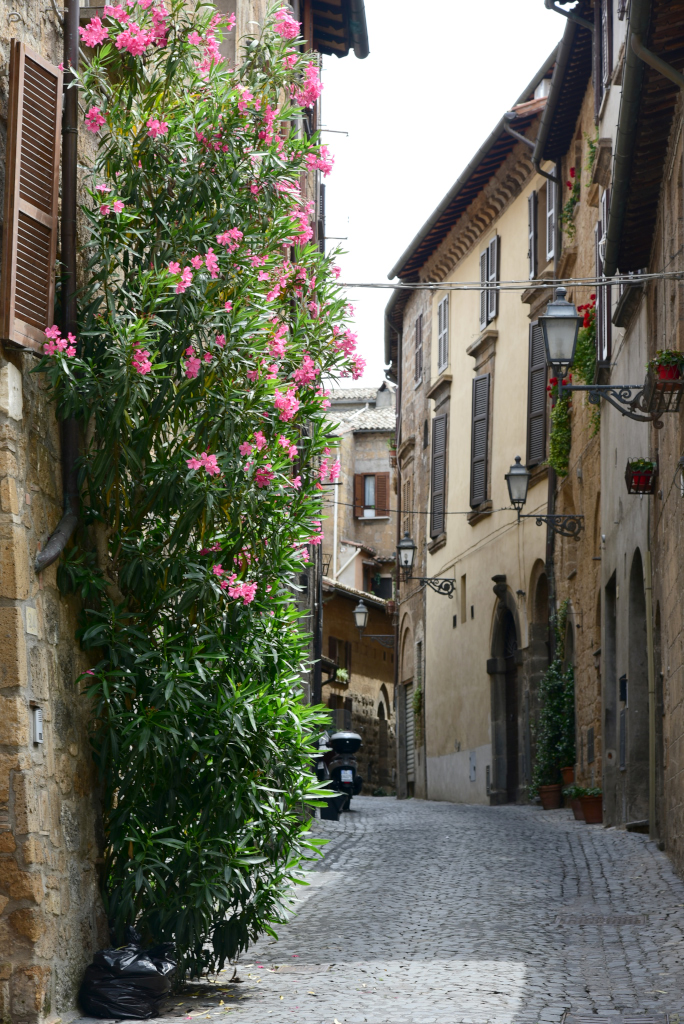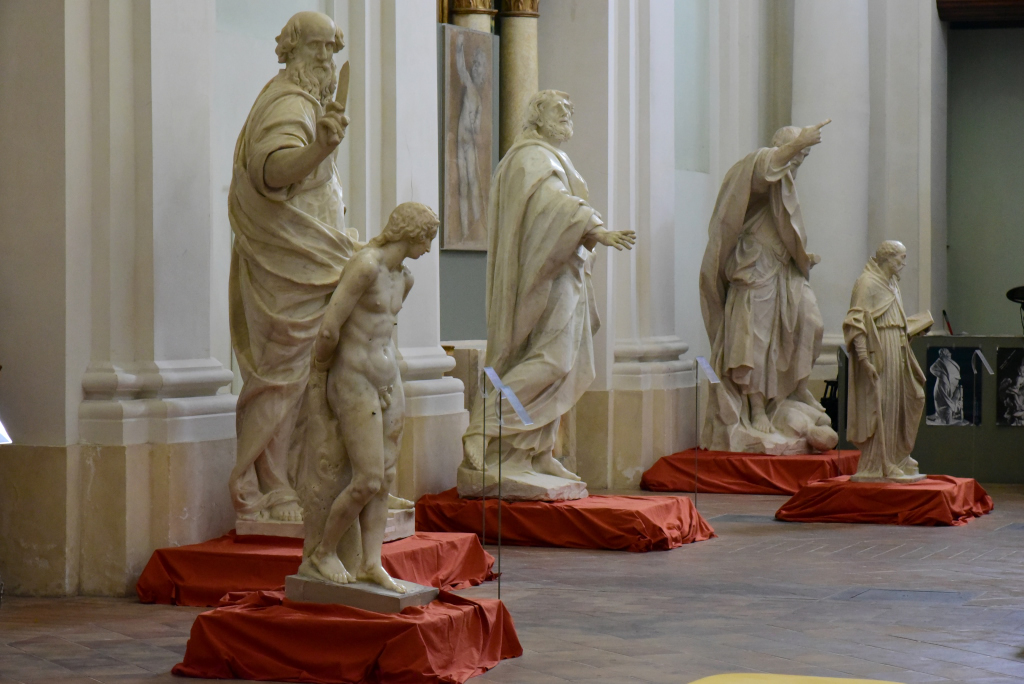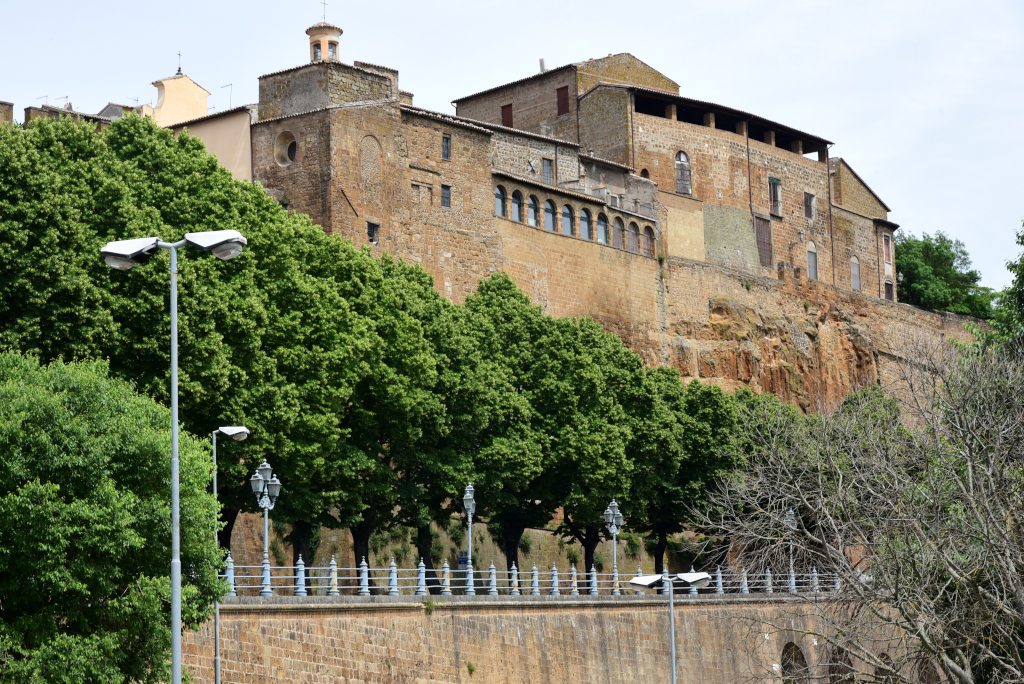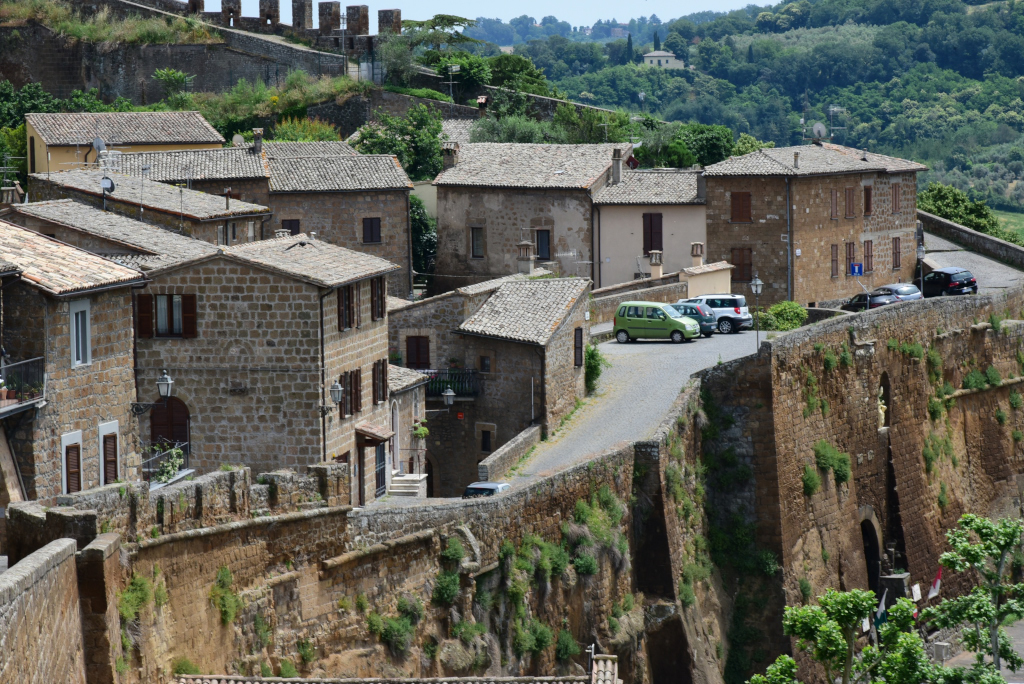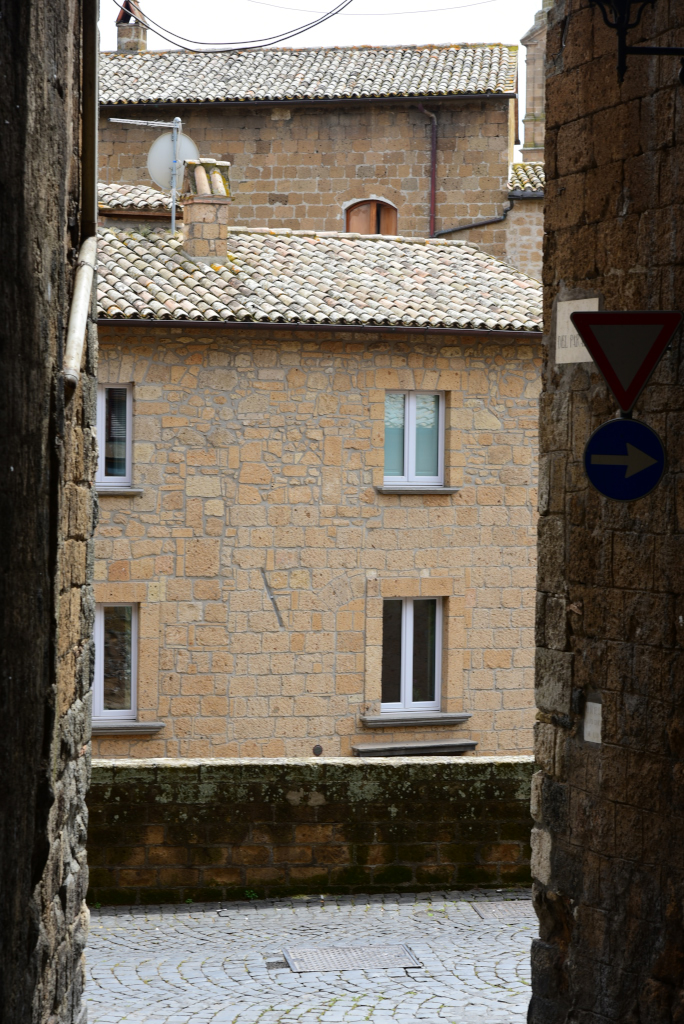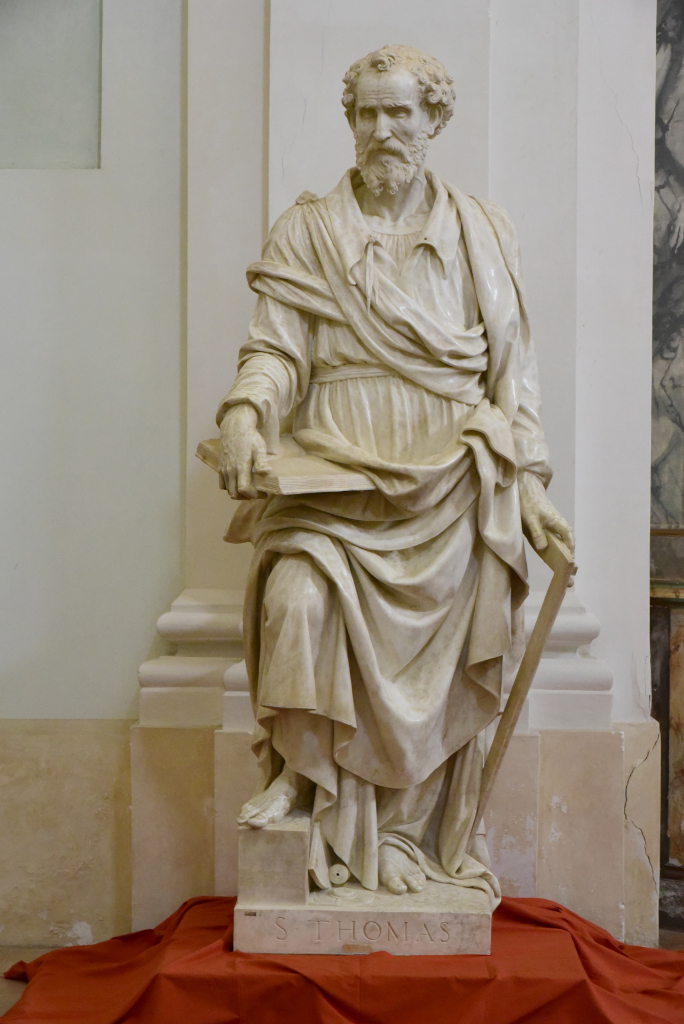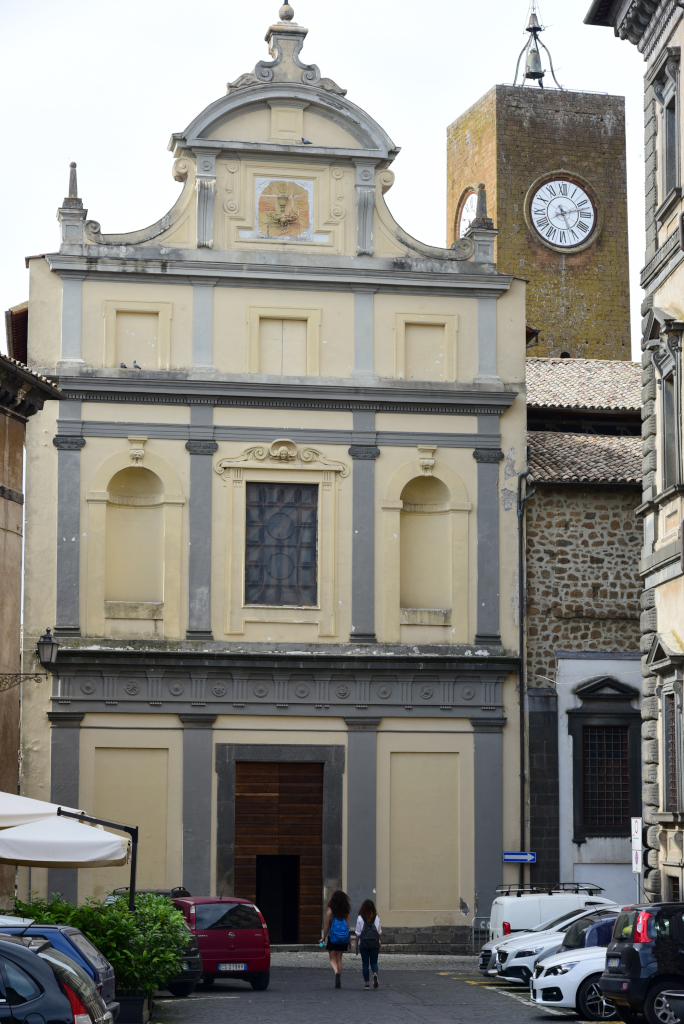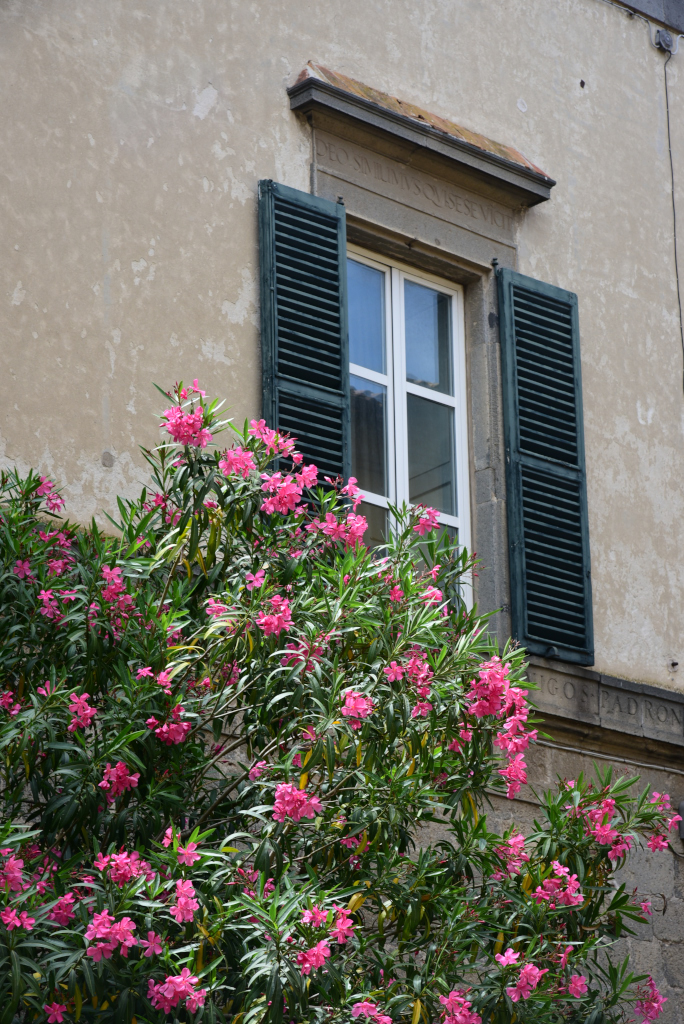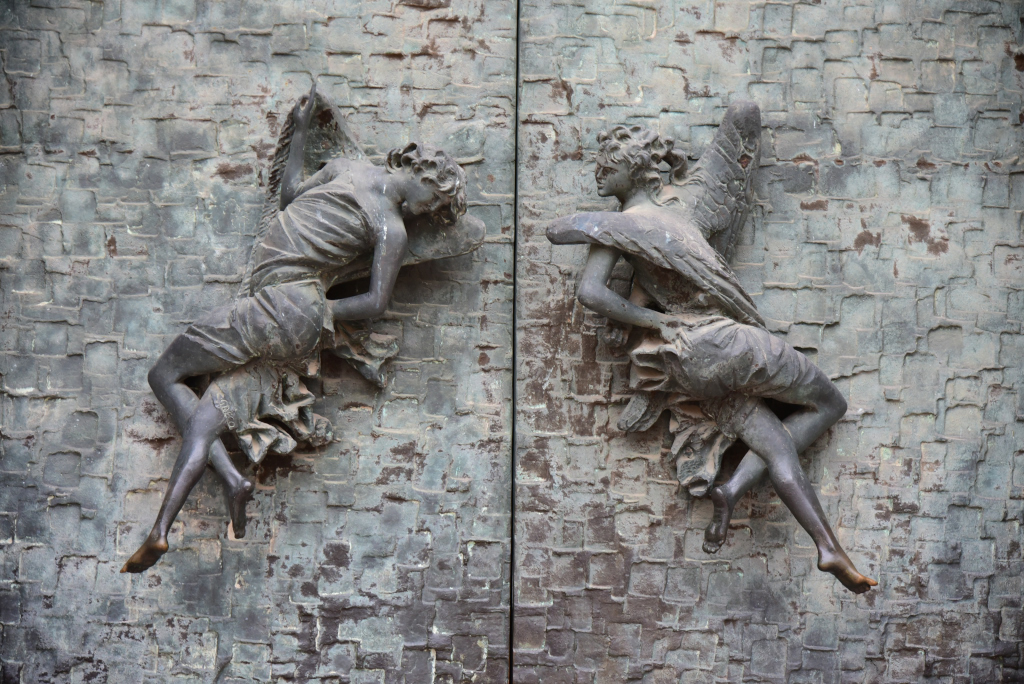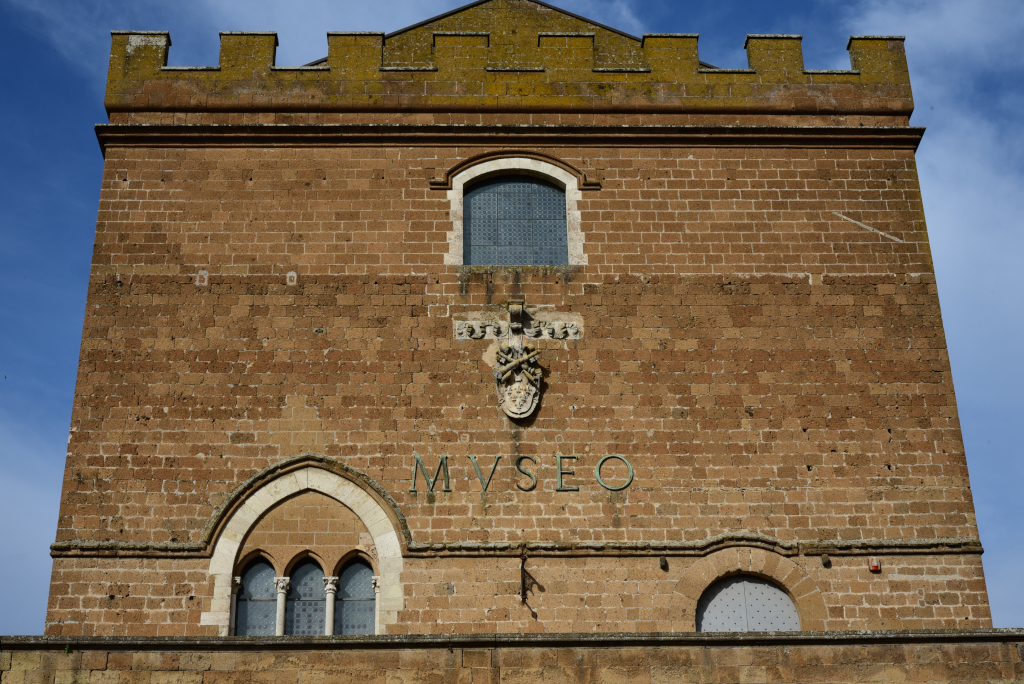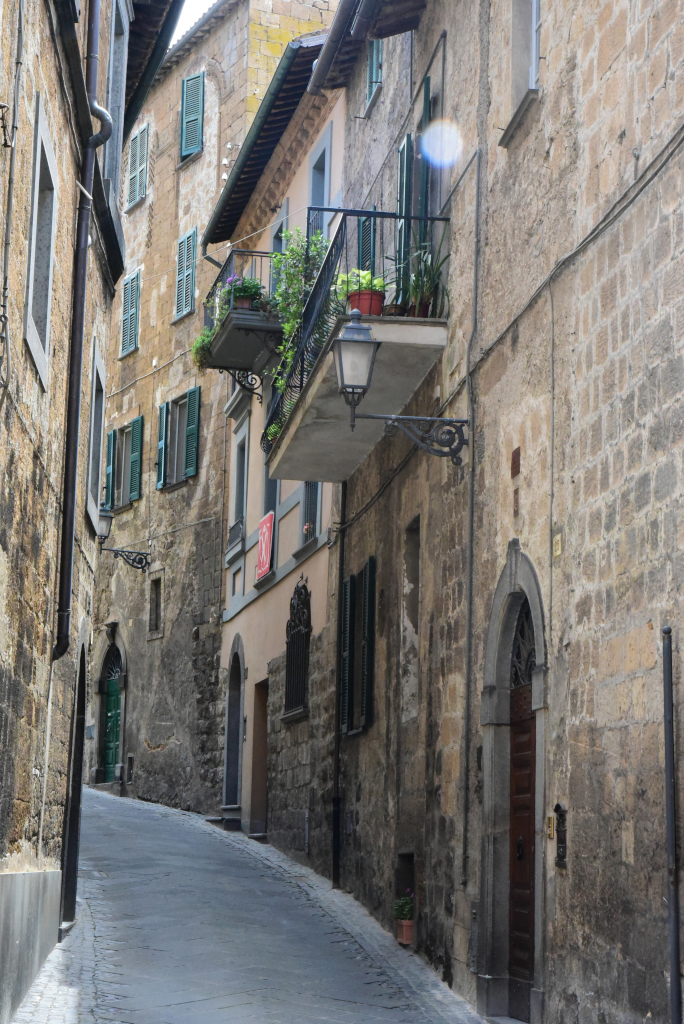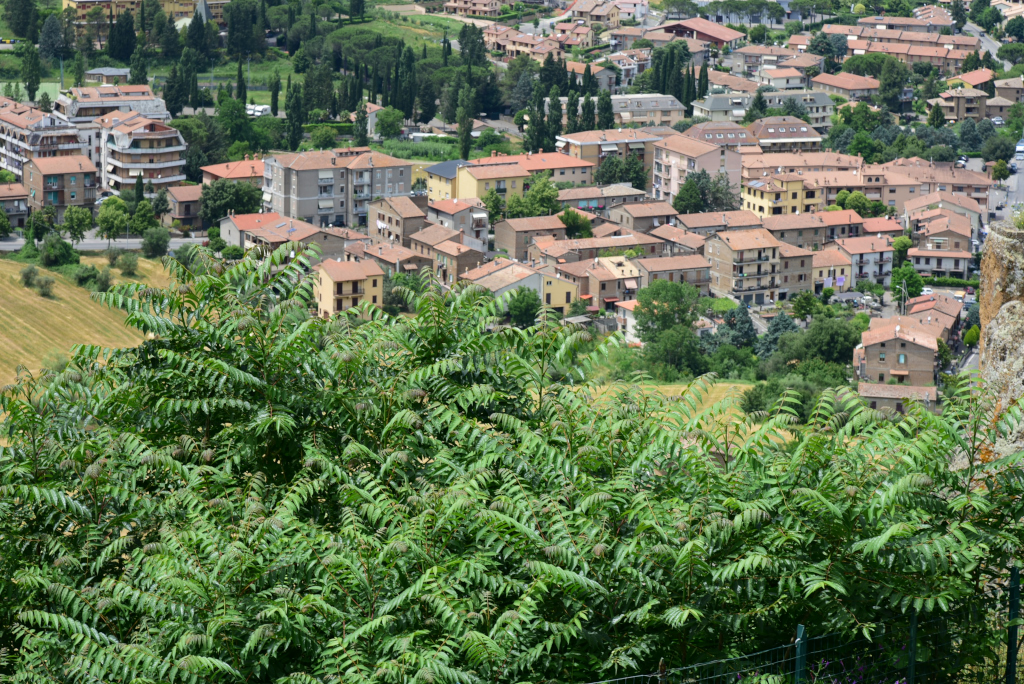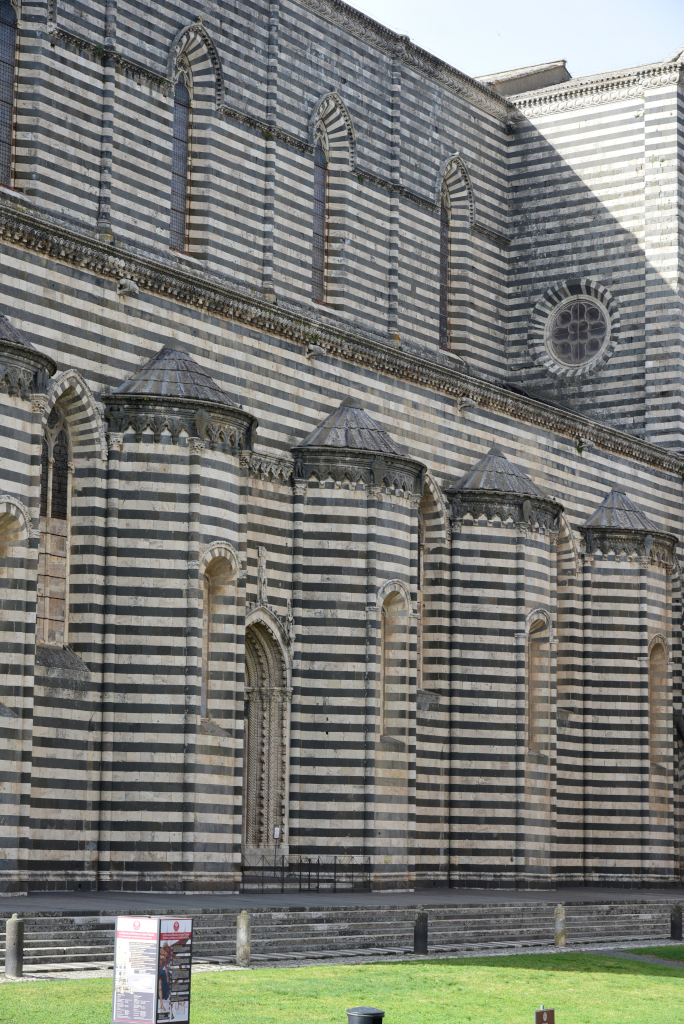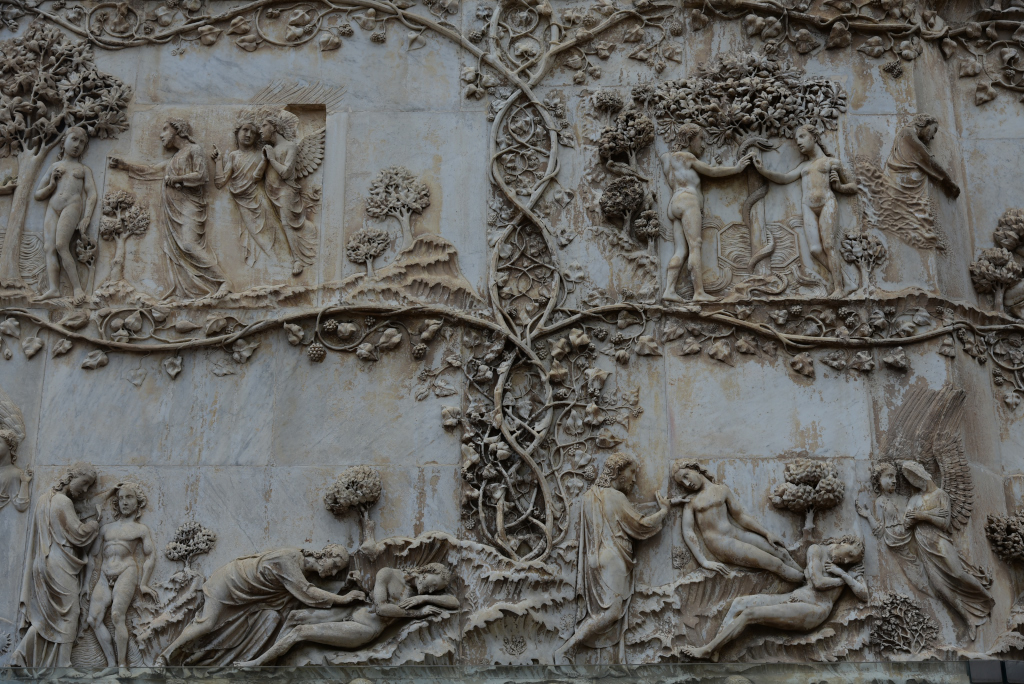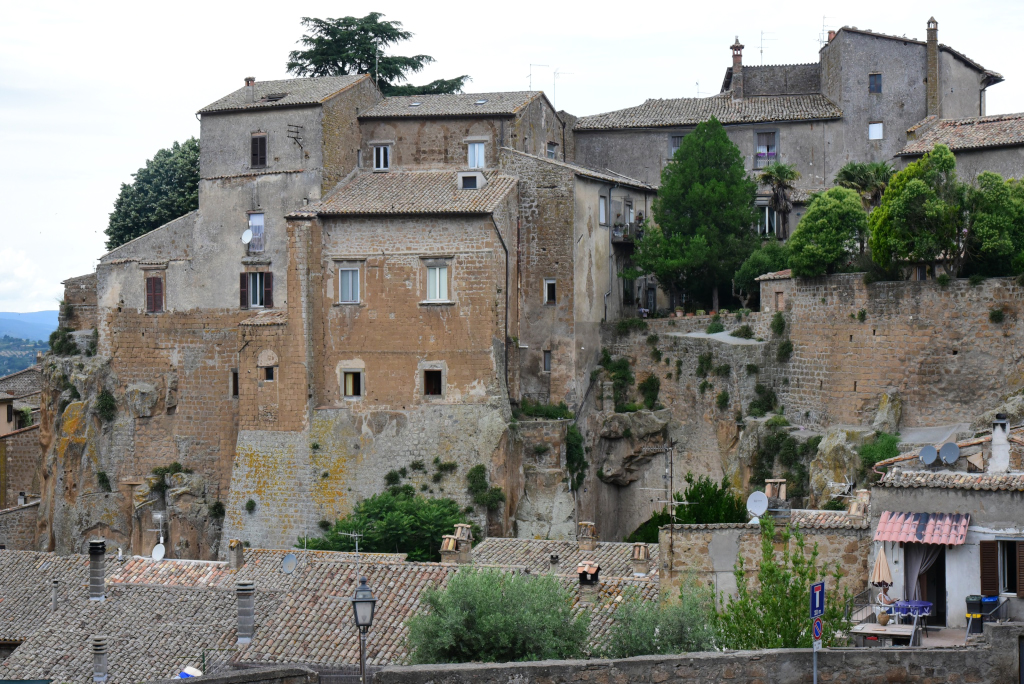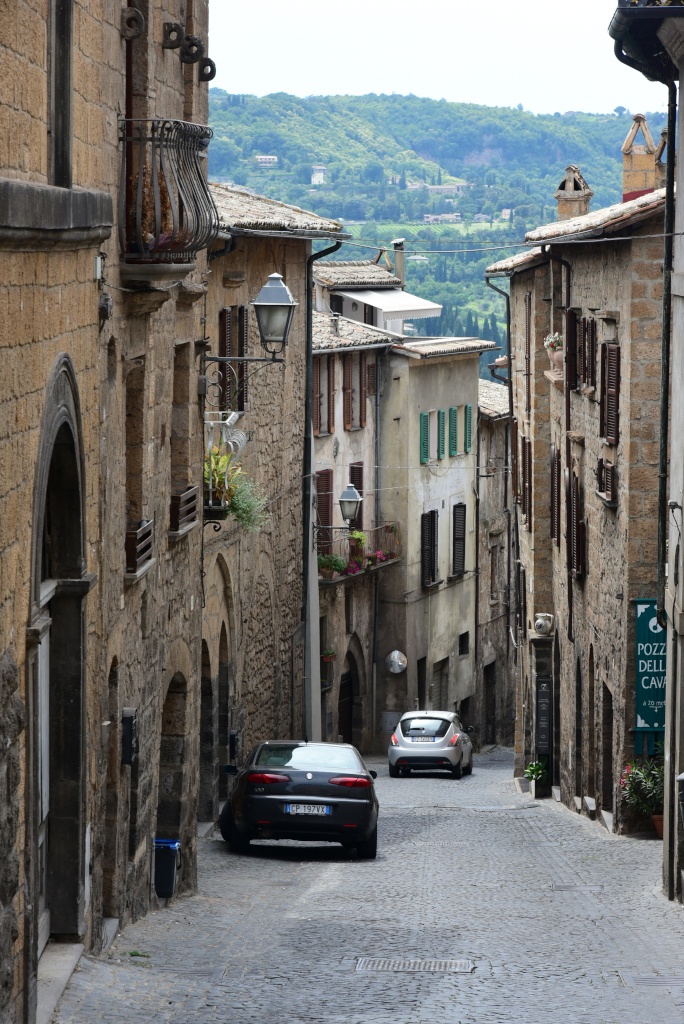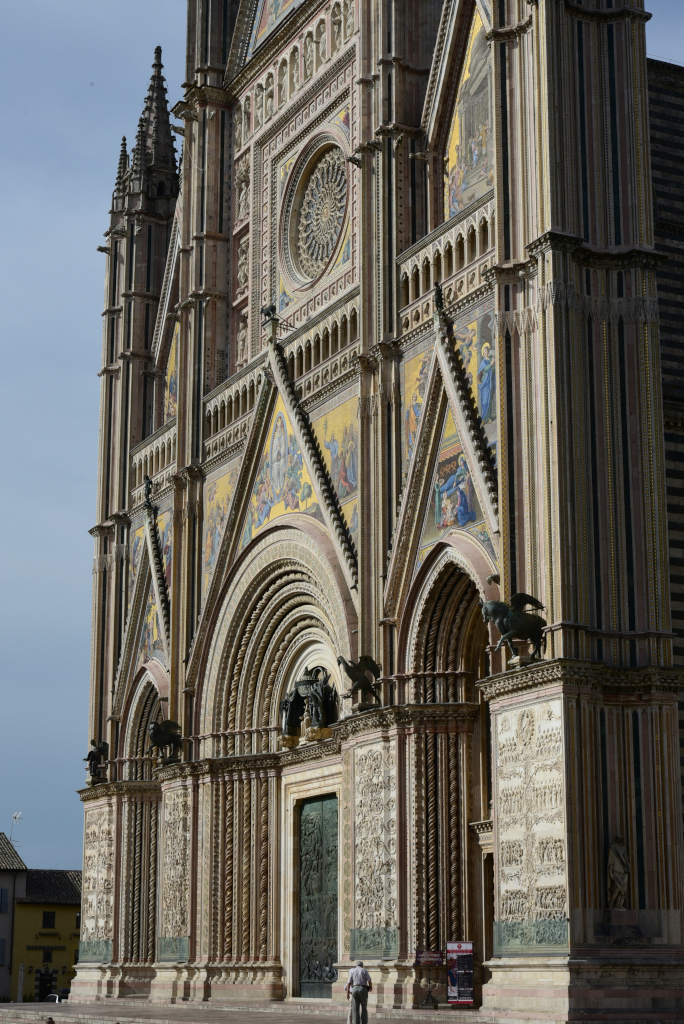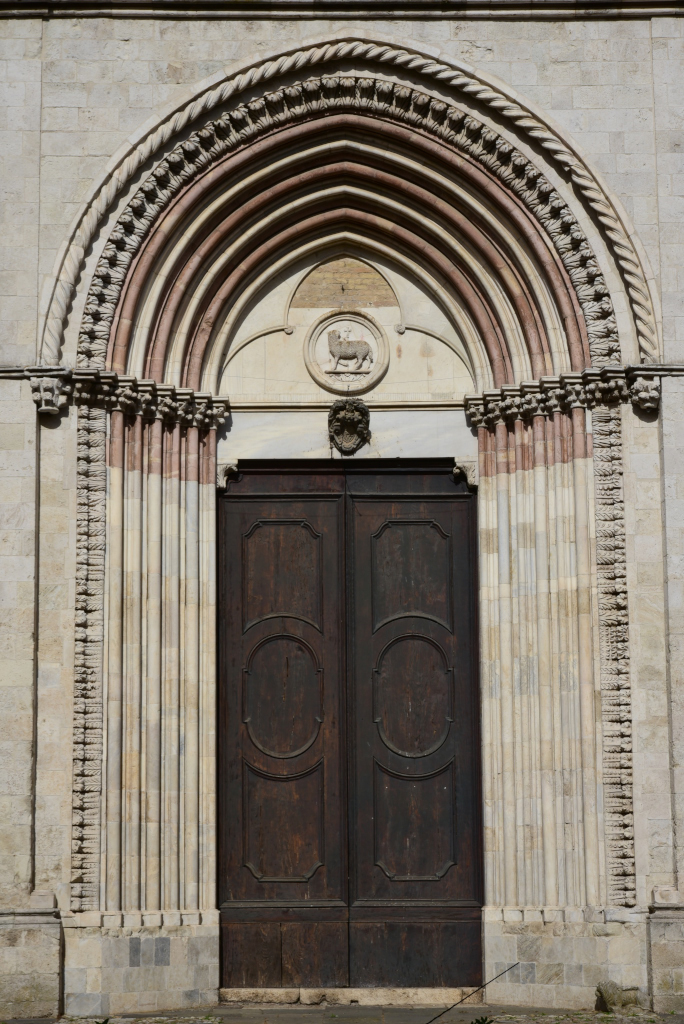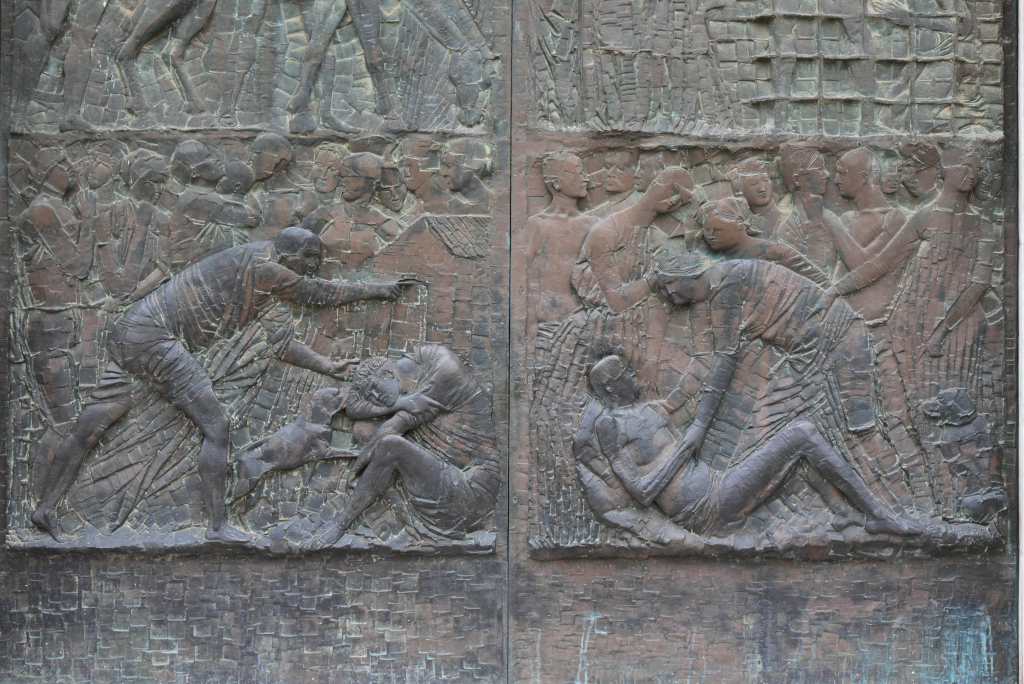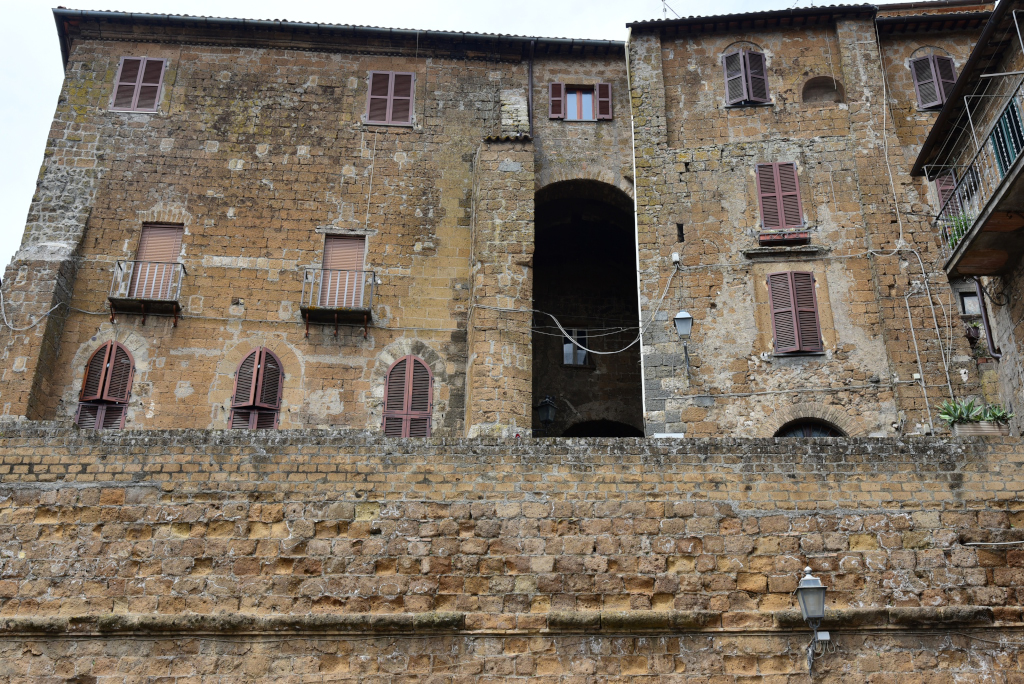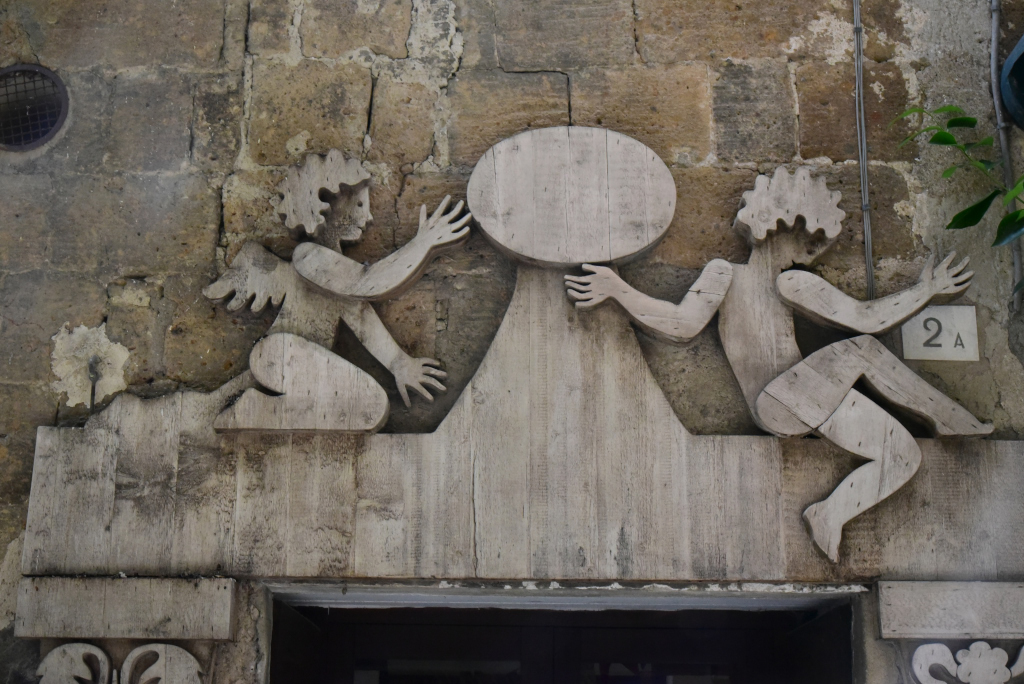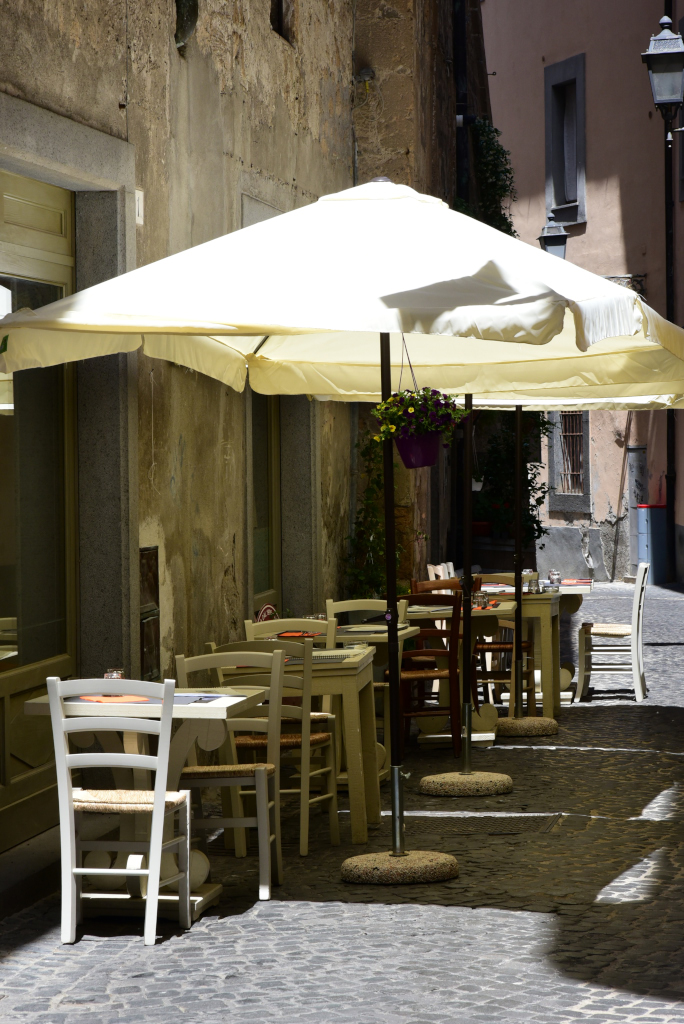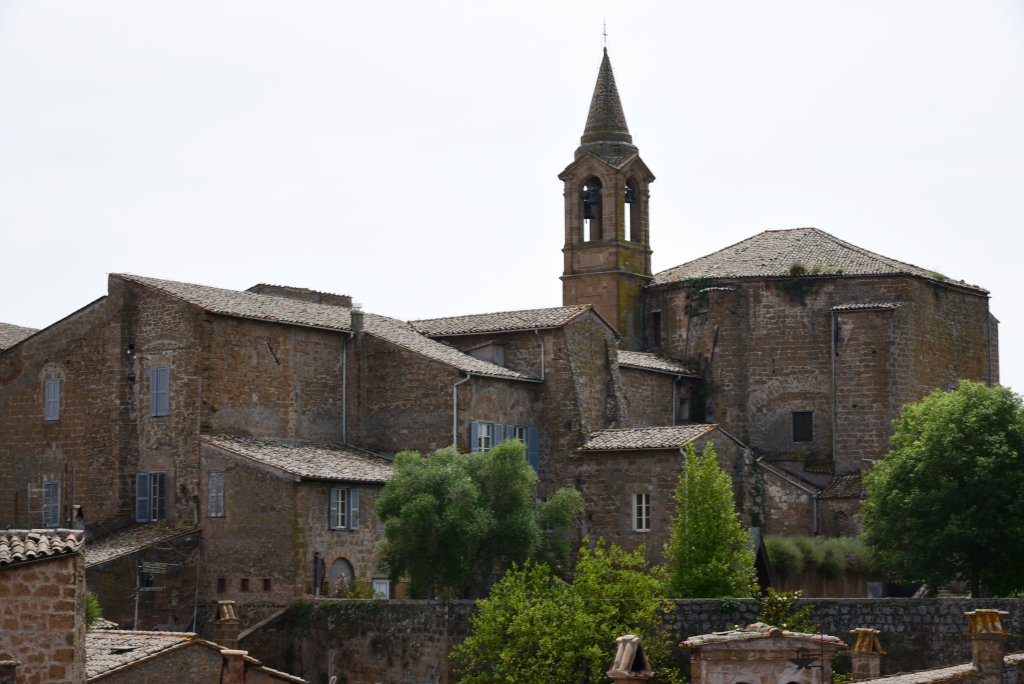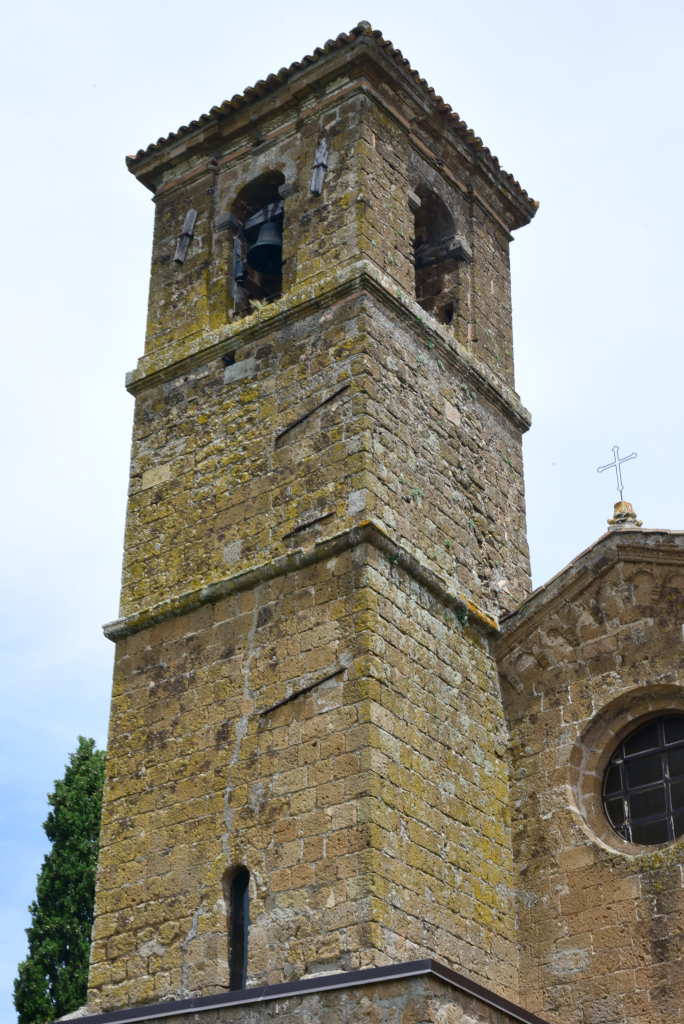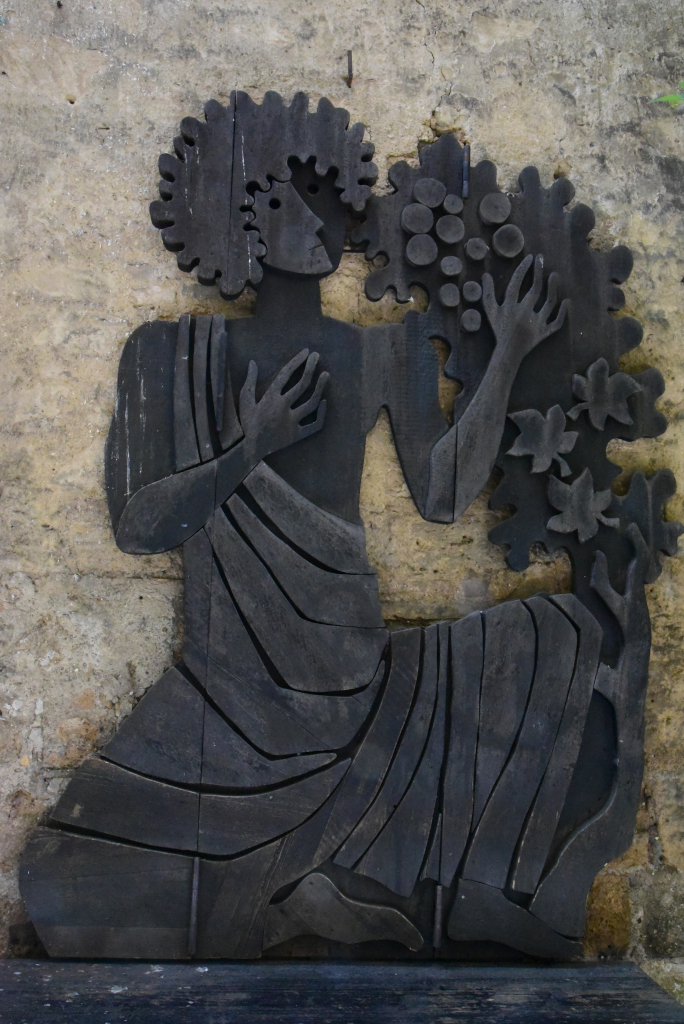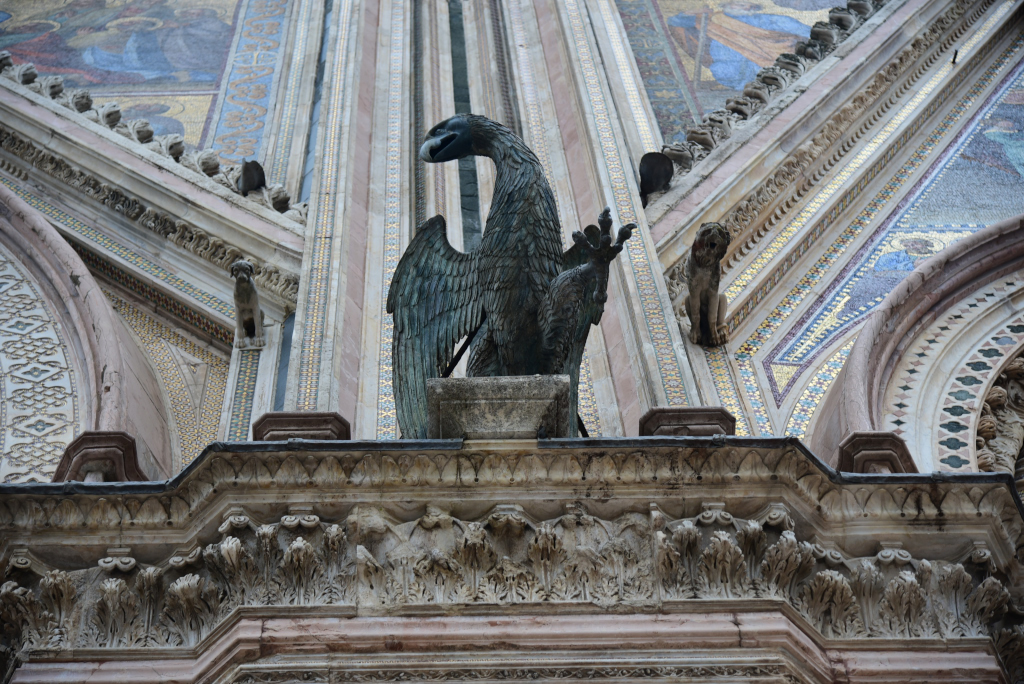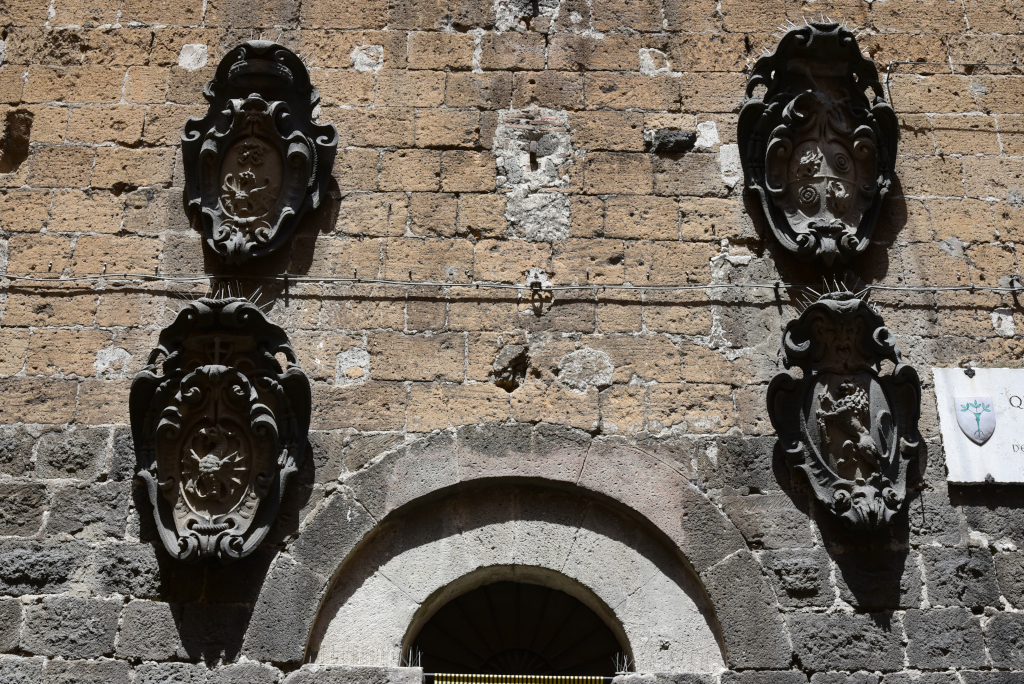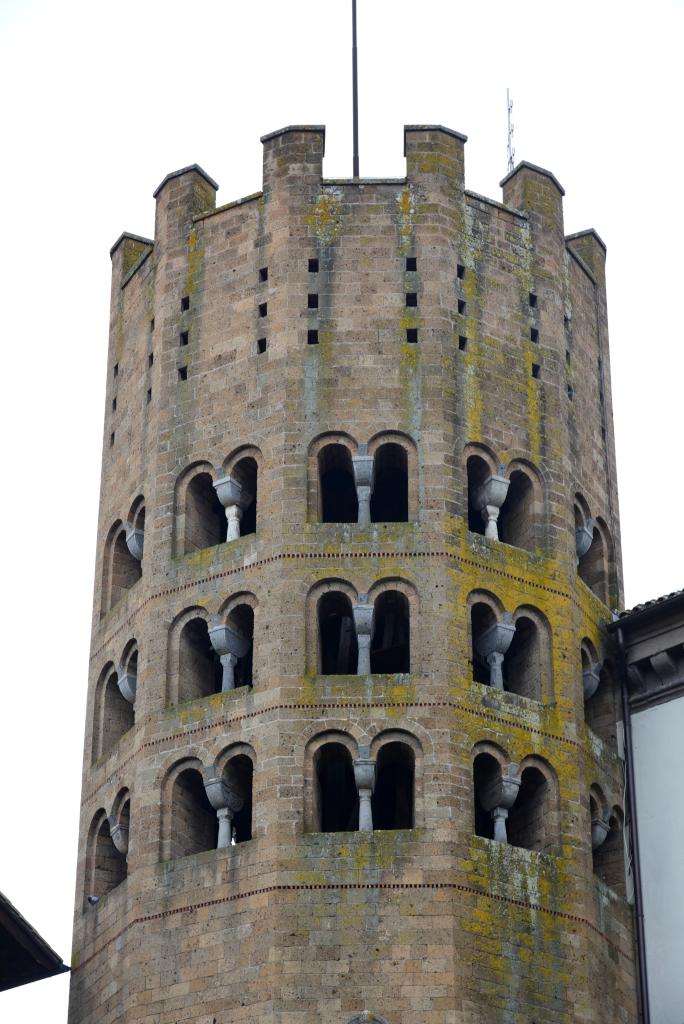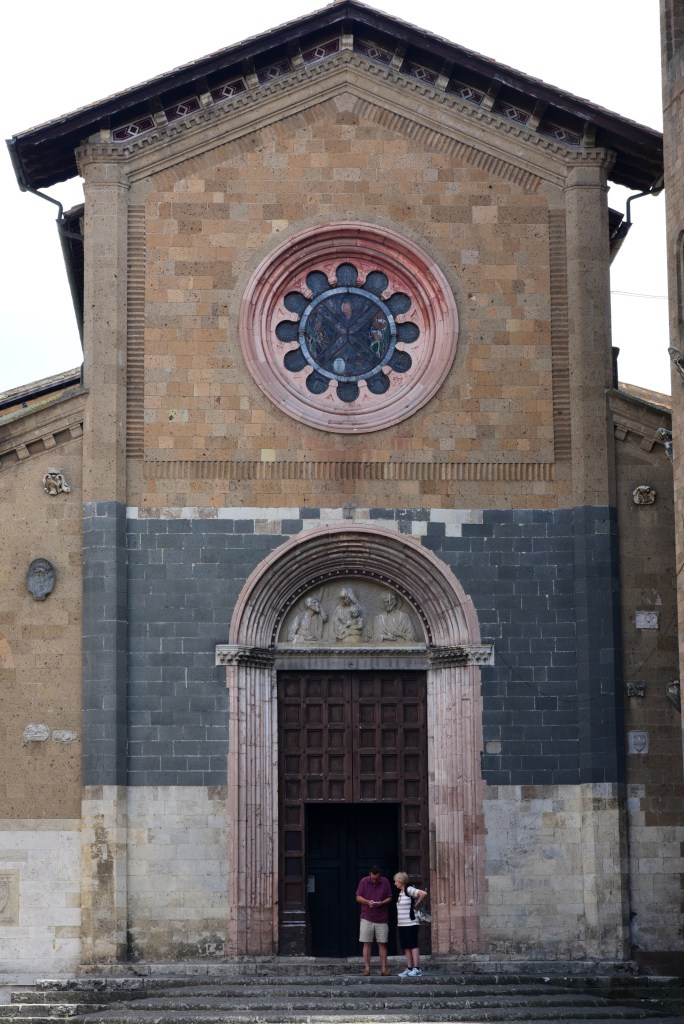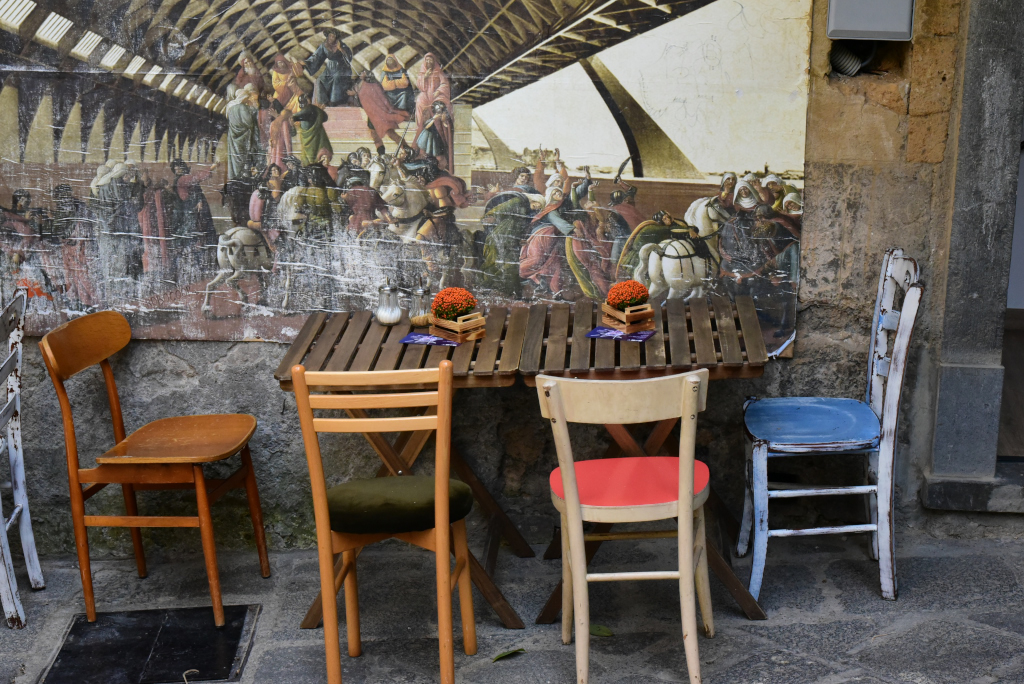June 7, 2018
The city of Orvieto is located in the mountainous southwestern corner of the province of Umbria in Italy. It traces its roots to Etruscan times, and was incorporated into the Roman Empire in the 3rd century.
The Middle Ages represented the apogee of the city’s existence, as it became an important centre for the papacy, particularly when the city of Rome provided to be less than stable. Orvieto was the seat of a Lombard duchy and of a Tuscan countship before becoming an independent commune in the 12th century.
The city was also a renowned centre of learning, Thomas Aquinas having taught there in the 13th century. After much civil conflict and strife with neighbouring cities, the town passed under the dominion of the papacy in 1448.
Orvieto is located on the plateau of a steep mountain made of tuff rock, a location that proved to make the city relatively impregnable from sieges. Over the centuries, innumerable tunnels were pushed through the soft rock, revealing an entirely the different world below the surface.
The legacy of the Popes left many important architectural works from the Middle Ages, including the landmark cathedral. The town’s many fine 13th-century houses and palaces include the episcopal palace, the Palazzo del Popolo, and the Palazzo dei Papi, the last of which contains a civic museum with many works of art and a collection of antiquities from the nearby Etruscan necropolis of Volsinii. Also notable architecturally are the churches of San Andrea (11th–12th century) and San Domenico (1233–64) as well as the old fortress (1364), which has been converted into public gardens.
St. Patrick’s well stands out from the medieval palaces, some 175 feet deep, 45 feet wide, and 496 steps towards the water table, built in the 16th century to provide an assurance of fresh water in times of potential siege.
Orvieto is also renowned for its white wine, which owes its uniqueness to the mineral-rich volcanic soil in the surrounding region.

